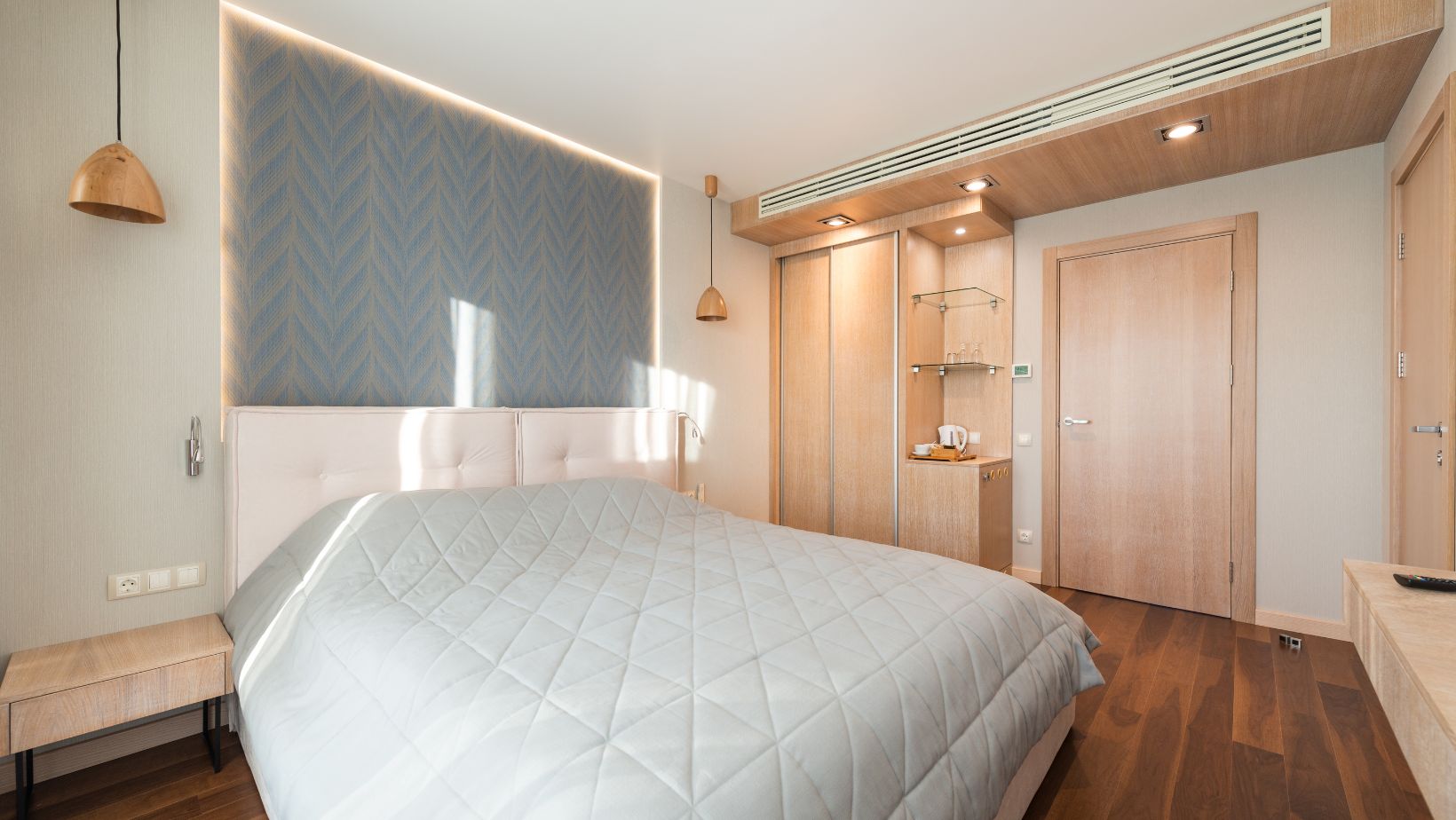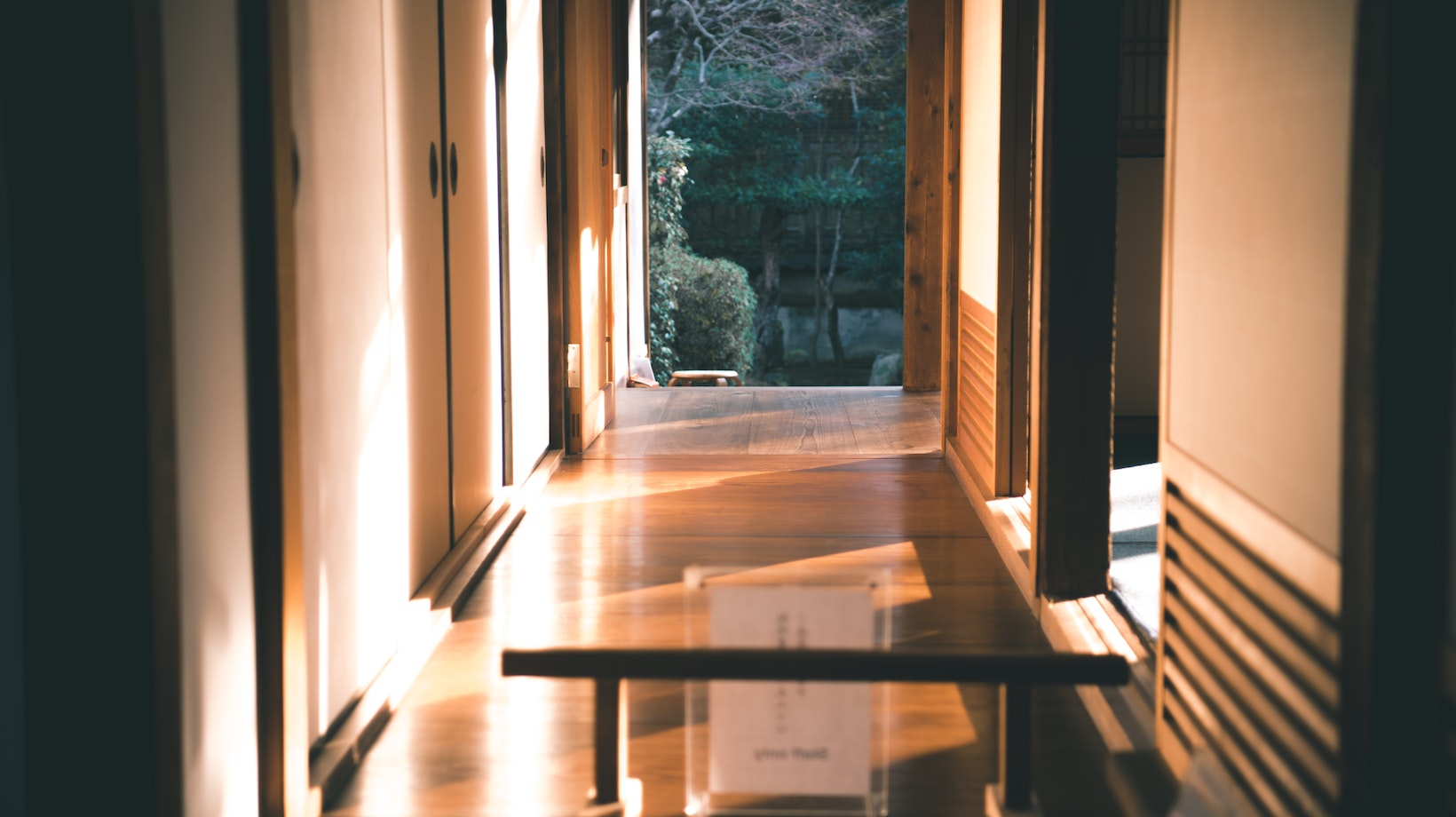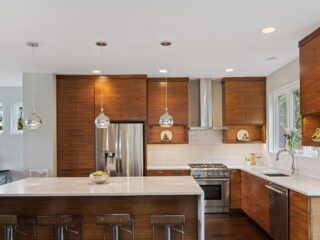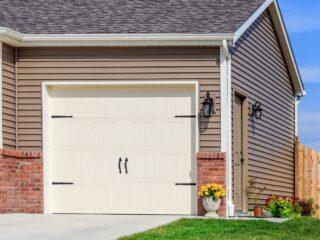
Sliding Louvered Closet Doors
- Wood: Wood is a popular choice for sliding louvered closet doors due to its timeless appeal and versatility. It offers a warm and natural look that can complement various interior styles. Additionally, wood provides excellent insulation and soundproofing qualities, making it ideal for bedrooms or areas where noise reduction is desired.
- MDF (Medium Density Fiberboard): If you’re looking for an affordable alternative to solid wood, MDF is worth considering. MDF offers a smooth and uniform surface made from compressed wood fibers that can be easily painted or stained to match your desired color scheme. While not as durable as solid wood, MDF is still reliable for sliding louvered closet doors.
- Vinyl: Vinyl sliding louvered closet doors have gained popularity recently due to their low maintenance requirements and moisture resistance properties. They are especially suitable for areas prone to high humidity, such as bathrooms or laundry rooms. Vinyl doors are available in various colors and finishes, allowing you to customize the look of your closets effortlessly.
- Composite: Composite materials combine wood particles and resins to create a durable, long-lasting option for sliding louvered closet doors. These doors offer the appearance of real wood while providing enhanced durability against warping, cracking, or fading over time.
- Aluminum: For those seeking a sleek and modern aesthetic, aluminum sliding louvered closet doors can be an excellent choice. Aluminum is lightweight yet sturdy, making operating the doors smoothly along their tracks easy. It’s also resistant to rust and corrosion, making it suitable for damp environments.
There are a few key steps to follow when installing sliding louvered closet doors. Whether replacing old doors or adding a stylish touch to your closets, this installation process will guide you through the necessary tasks. Let’s dive in!
- Measure and Prepare: Before installing, take accurate measurements of your closet opening. This will ensure that you purchase the correct size of sliding louvered doors. Once you have the right dimensions, remove any existing doors and hardware from the closet. Clear out any obstructions inside the closet as well.
- Attach Track and Hardware: Install the top track onto the closet header using screws or nails provided with your door kit. Make sure it is level and securely fastened. Next, attach the bottom track to the floor, ensuring it is aligned properly with the top track.
- Hang Door Panels: Now, hang your sliding louvered door panels onto the tracks. Lift each panel into place, starting with one side at a time until they glide smoothly along the tracks. Adjustments may be needed to ensure proper alignment and smooth operation.

Here are some tips on maintaining and cleaning sliding louvered closet doors:
- Regular Dusting: Dust tends to accumulate on the louvers of the doors over time. To keep them clean, use a soft cloth or feather duster to gently remove any dust or debris from the surface of the louvers.
- Vacuuming: For more thorough cleaning, you can use a vacuum cleaner with a brush attachment to remove dirt and dust from both sides of the louvers. Be sure to vacuum all the nooks and crannies carefully.
- Mild Soap Solution: If stains or grime are on your sliding louvered closet doors, you can create a mild soap solution by mixing warm water with a small amount of gentle liquid soap. Dip a soft cloth into the solution, wring out excess water, and wipe down the surfaces of the louvers.
- Avoid Harsh Chemicals: It’s important to avoid using harsh chemicals or abrasive cleaners on your louvered doors as they can damage the finish or discolor them. Stick to mild soap solutions or specific cleaners recommended by the manufacturer.
- Lubrication: Over time, sliding closet doors may start to squeak or become difficult to slide smoothly along their tracks. Apply a silicone-based lubricant sparingly to the tracks and hinges to ensure effortless movement.
Sliding louvered closet doors are a fantastic option when creating privacy within your home. Not only do they serve the practical purpose of concealing the contents of your closets, but they also add a touch of elegance and functionality to any space.





